Remember the good old days?
The 2005-era SEO? White keywords on a white background. #1 on Google. Collect your paycheck. Call it a day.
Things were so… refreshingly easy.
Since then, it’s becoming anything but. A few zoo animals made SEO exponentially more difficult. Then the number of competition and platforms exploded.
Just when you started mastering the whole ‘gated content’ thing – the whole inbound marketing thing – consumer behavior again started to shift. Right from under our noses. And we didn’t even see it coming.
Content is still king, though, right?
Yes and no.
It’s still important. It still solves many problems. Can help many different people.
But… not the way we’ve been accustomed to doing. The playbook is shifting yet again. The importance of ‘gated content’ is declining.
Here’s why and how marketers can adapt in real-time.
The Decade-Old ‘Inbound Marketing’ Playbook Everyone Follows
Most B2B marketers have followed the same playbook the past decade or so.
Create various levels of content, with different objectives, and restrict ~50%+ behind a ‘paywall’ of sorts.
So you have a blog post. And then you repurpose the blog post by writing up a bunch of blog posts, tweets, emails, and ads. Those things point back to the original ‘gated’ piece. Bada bing, bada boom, you got leads.
Then you expand on it. Webinars get a form. Cheat sheets get a form. Free trials get a form.

Wanna see something SUPER meta? HubSpot created a gated infographic flowchart about which content to gate:
Don’t get me wrong – this is really nice. Lots of effort and beautifully designed.
The age-old inbound playbook tells us to lock the best content behind a form and leave the quick, day to day pieces for the everyday visitor.
And this was all fine. People put up with it. Until it started taking it’s toll. Until it started becoming overwhelming.
And consumers have stopped responding.
Why Gated Content is Dying (And What’s Happening Instead)
Andrew Chen wrote about the Law of Shitty Clickthroughs a few years back.
In it, he compared the clickthrough rates of a display ad on Hotwired (back in ‘94 when they were first introduced) with the average Facebook display ad CTR today. The results:
- HotWired CTR, 1994: 78%
- Facebook CTR, 2011: 0.05%
Now you understand the title of his post. And the premise:
Over time, the effectiveness of a tactic (or channel) declines. Precipitously.
Email still works. It’s still important. But here’s the problem.
First, you’ve got market leading email service providers like Gmail actively filtering your junk mail before it hits someones inbox. Because trillions of emails are being sent. So it’s only natural that people slowly but surely recoil away from yet-another automated email about your latest blog post.
I’ve personally been wrestling with this decision. And the fact that anecdotally I’ve seen a drop off in results from just the past few years.
Then Drift talked about A Year Without Forms. Cue light bulbs.
Over the course of a year, they eliminated almost all of their landing page opt-in forms. They kept up their publishing schedule, but (a) treated it solely as top of the funnel branding and (b) started focusing on more quality metrics (like, are they getting good feedback).
But. But… how do they generate leads then?
While admittedly biased, they rely on messaging.
Live chat used to suck. Today it’s getting a little more sophisticated. And they use messaging (the online equivalent to texting) as a one-stop shop. This way people can get information, ask questions, or provide their info to follow up with someone.
Another side benefit? Speed.
A study in the Harvard Business Review proved that there’s no time like the present. (To follow up with leads.)
If you wait just five minutes to get back to a new lead, your chances of qualifying them drop 400%!
Now how do you respond to people within 5 minutes via email when you’ve got 300 unread messages a day?

Now ‘content mapping’ can still apply. That’s where your content is segmented based not only by persona, but also where that individual is within their buyer’s journey.
So you can still have some content targeting the Consideration and Decision stages. People still need to be nurtured. They still need repetition. They still need multiple ‘touches’ in different channels.
But again, no ‘gates.’
On-site messaging like this also has some pretty impressive statistics. They get 15x more engagement than email, and 63% of the people who started a chat in one study ended up speaking with a sales rep.
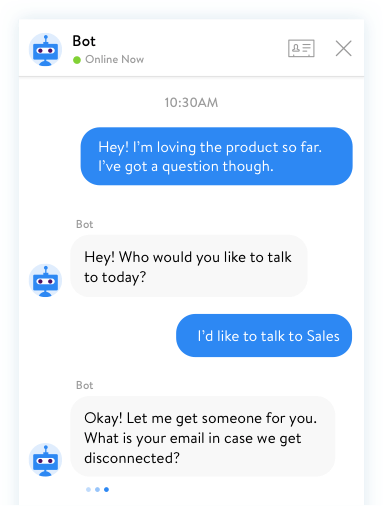
Advanced functionality like Bots can automatically route new chatters to the best person on your team. And it can even allow those to automatically schedule an appointment.
This is just one example of course. But it’s illustrative of the industry-wide de-emphasis of forms and gated content that will take place over the next few years.
However… a form-less setup like this also has its own drawbacks. For example, how are you supposed to segment prospects? How are you supposed to target people at the right time?
Especially when you’re not collecting their data in multiple forms that explicitly tell you when they’re officially ‘entering’ into the next stage of the funnel.
Here’s how.
How Do You Nurture MOFU Prospects without Forms?
The loss of age-old forms shouldn’t dent marketing automation one bit. Its ability to drive a 451% new qualified leads or a 34% increase in sales is still relevant.
The difference is that you’re relying less on email to be the driver.
So let’s start with the basics.
The easiest way to segment traffic is based on specific page visits. For example, if you were using Facebook’s custom audiences, you can create middle of the funnel (MOFU) audiences based on their visits to your site.
You could also target specific page visits, too.
For example, blog posts are excellent for taking advantage of long-tail search trends. And serendipitously attracting people from social.
So you can assume people primarily viewing those posts as top of the funnel (TOFU).
But Product and Pricing and case study pages are different. Here, someone’s expressing a little bit of interest. They’re checking out what you have to offer. They’ve recognized a potential need in their life. And they want to see how your widget helps.
So you can target visitors of those specific page URLs now as potential MOFUs.
What’s that? “Your customer’s aren’t on / using Facebook?”
Well you’re in luck. Twitter’s advertising platform supports the same specific URL-targeting:
As does LinkedIn’s new and improved ‘Matched Audience’:
Now you can run retargeting ads across the three primary social networks for people in each stage of your funnel (based on pageviews and previous visits).
Outside of social retargeting, you can also use messaging to provide the right ‘campaign’ to someone based on specific pageviews, too.
For example, someone on a Product page might get a more personalized, one-on-one question for assistance. While someone on a blog post might get a content CTA instead.
You’re still nurturing leads based on their (assumed) journey stage. But without the pesky requirement of filling out a form.
Now you’ve got interested leads being (automatically) followed up in multiple channels. The next step is to get on the phone with qualified ones.
Enter calendar apps.
Sean McVey of Virtru changed their traditional contact form-based approach to Calendly in order to automatically schedule sales calls.
And the results quickly took off. Conversion rates jumped to 50% and 61% of leads scheduled a call.
Then once someone creates a Calendly appointment, you can send that data pretty much anywhere with a little help from Zapier:
Which allows you to now start sending more bottom of the funnel (BOFU) related messages to these newly minted marketing or sales qualified leads.
You can send them to your CRM. You can send them to your messaging platform. You can send them to social platforms.
And you can even send them to email ones, too. Completing the circle without a single traditional, annoying form.
Conclusion
It’s tempting to follow the playbook.
The tried and true techniques that marketers have been using and preaching for decades.
But their success also comes at a cost. Namely, declining performance like clickthroughs.
At the same time, consumers have continued to evolve. They’re texting instead of calling. And speed is becoming the ultimate competitive advantage.
That paves the way for new mediums. On-site messaging is becoming a faster, easier alternative for most.
At the expense of slow, frustrating, contact forms.
Those trends are happening whether we like it or not. The changes are already occurring.
The good news is that we don’t have to entirely ditch the old playbook. We can still target different people in different places with things like social retargeting, calendar applications, and of course, messaging.
The principles and overall strategy isn’t changing. It’s just requiring us to be more fluid and tactically flexible instead.
About the Author: Brad Smith is the founder of Codeless, a B2B content creation company. Frequent contributor to Kissmetrics, Unbounce, WordStream, AdEspresso, Search Engine Journal, Autopilot, and more.
from The Kissmetrics Marketing Blog https://blog.kissmetrics.com/retarget-in-a-form-less-world/
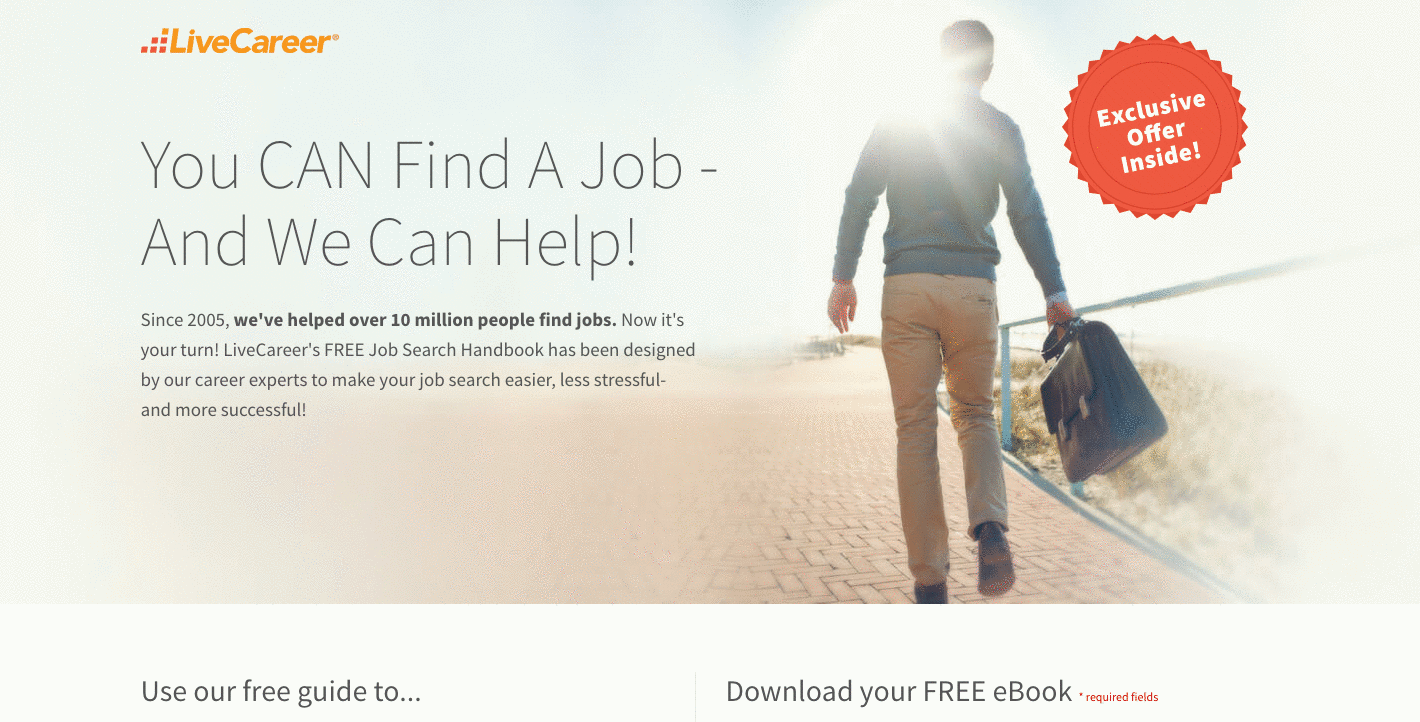
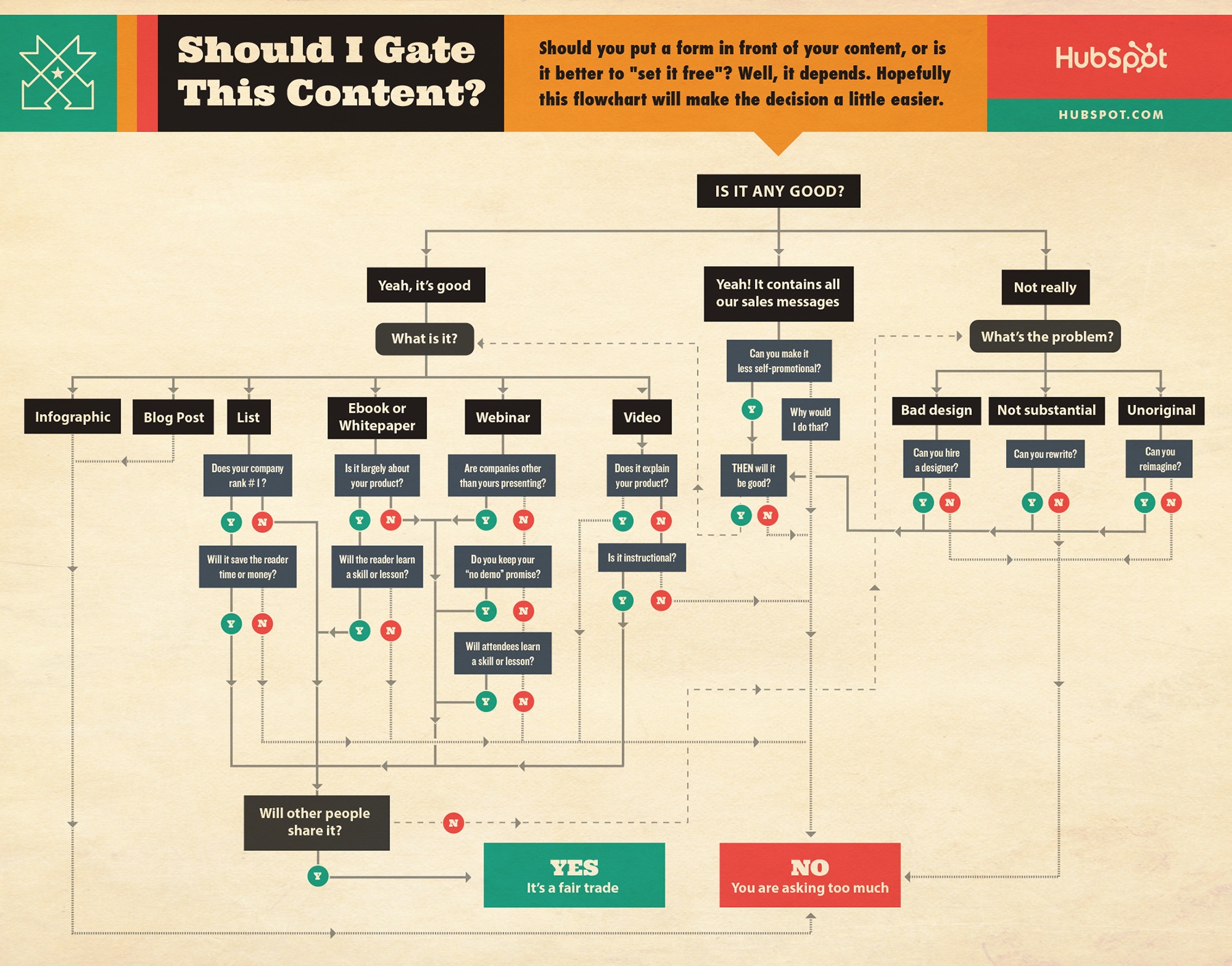

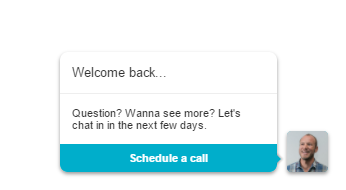
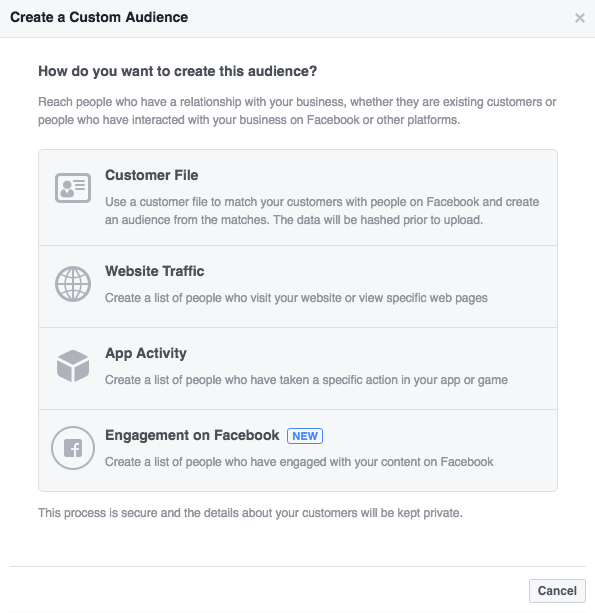

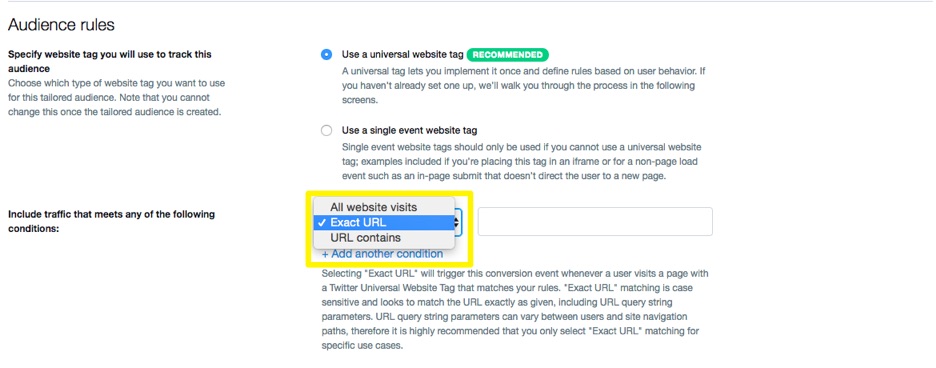

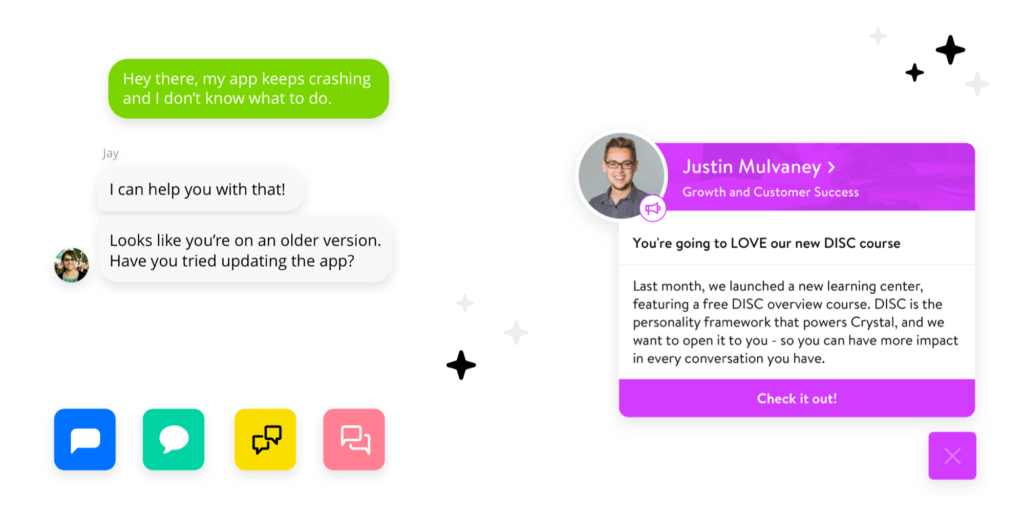
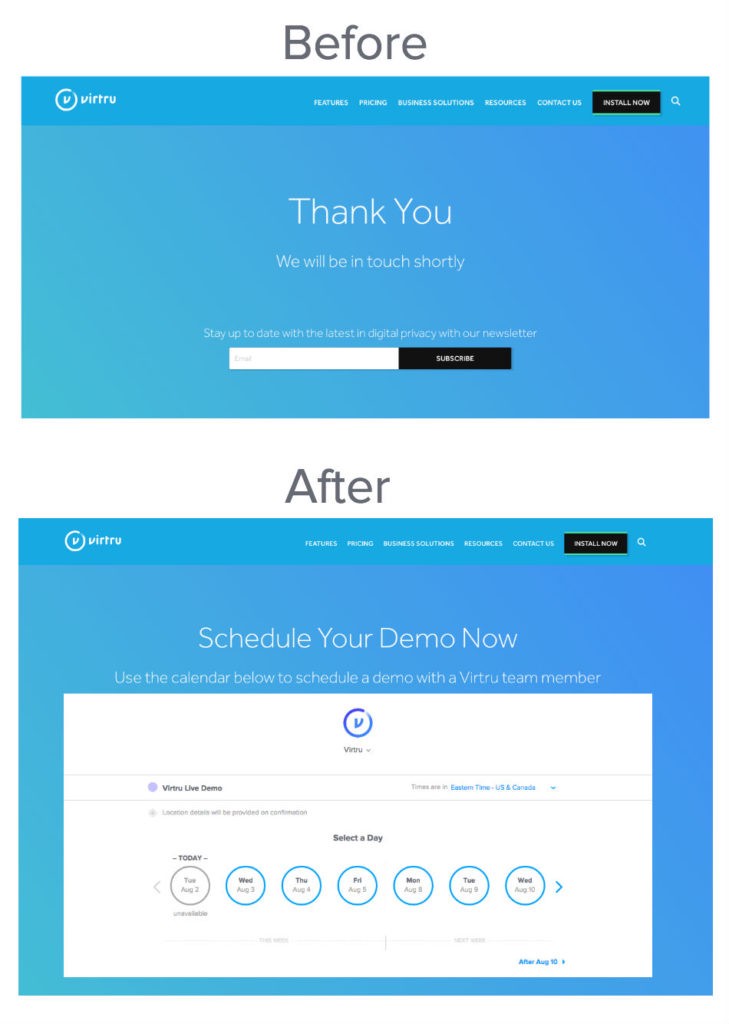
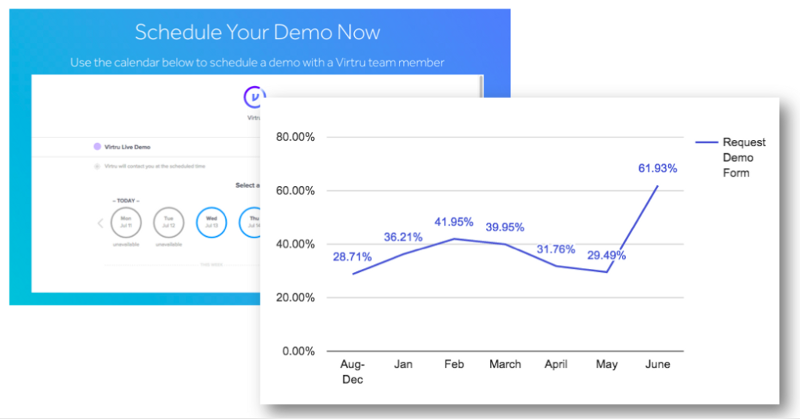

No comments:
Post a Comment